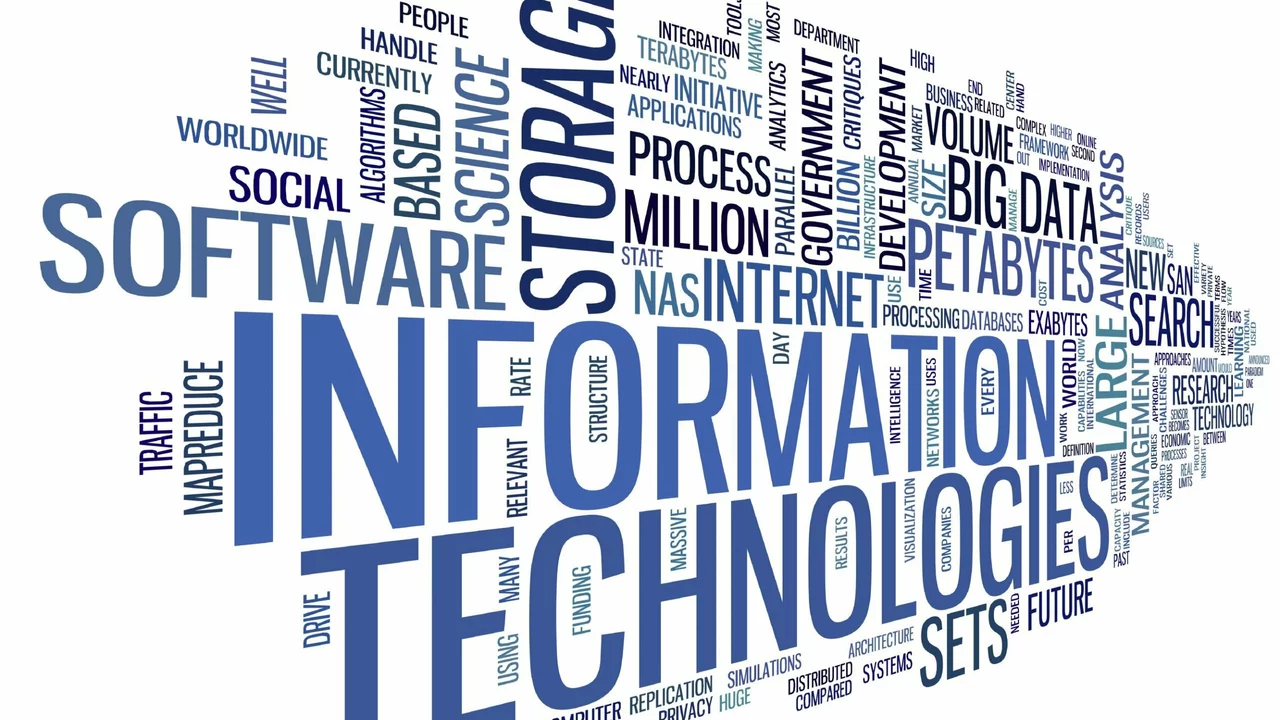IT Definition – What It Really Means
When you hear the term IT, most people think of computers, servers, or the people who fix them. In reality, IT, short for information technology, covers every tool and process that stores, shares, and uses data. From a smartphone app that tracks your fitness to a massive cloud platform that runs a global e‑commerce site, all of that is IT.
Core Elements of IT
The first piece of any IT setup is hardware – the physical devices like laptops, routers, and data‑center racks. Next comes software, which includes everything from operating systems to the custom applications a company builds for its employees. Together they let you capture information, process it, and deliver it to the right people at the right time.
But IT isn’t just machines and code. It also includes the networks that connect devices, the databases that hold data, and the security measures that protect it. Think of a simple office: the printer, the Wi‑Fi router, the email client, and the IT staff who set policies are all part of the same ecosystem.
Why IT Matters Today
Every business, big or small, relies on IT to stay competitive. A retailer uses point‑of‑sale systems to track inventory, while a hospital depends on electronic health records to treat patients quickly. Even a local bakery might use a cloud‑based ordering system to accept online orders. Without IT, these operations would be slow, error‑prone, and costly.
Beyond the workplace, IT shapes our daily lives. Social media platforms, streaming services, and online banking all run on IT infrastructure. When you stream a movie, send a text, or shop online, you’re using IT without even realizing it.
Understanding the basic definition of IT helps you ask the right questions when choosing a software vendor, planning a digital upgrade, or protecting your data. It also lets you see how new trends – like artificial intelligence, quantum computing, and 5G – fit into the larger IT picture.
One common confusion is mixing IT with “technology” in general. While technology can be any tool, IT focuses specifically on managing information. A mechanical hammer is technology, but it’s not IT. A digital project‑management tool, however, is both technology and IT because it handles data.
If you’re new to the field, start by looking at three core activities: collecting data (e.g., using sensors or forms), processing data (e.g., running analytics or transactions), and delivering results (e.g., reports, dashboards, or alerts). Each activity relies on the hardware‑software‑network trio described earlier.
Many organizations now talk about “digital transformation,” which essentially means upgrading their IT to be faster, more flexible, and more customer‑focused. This might involve moving to the cloud, automating repetitive tasks, or adopting new security frameworks.
So, whether you’re a student trying to ace an exam, a manager planning a budget, or a curious reader wondering why your phone works the way it does, remember that IT is simply the system that turns raw data into useful information. It’s the invisible engine that powers modern life.
Keep this definition in mind next time you hear buzzwords like “cloud,” “big data,” or “cybersecurity.” All of those are components of IT, and they all start with the same basic idea: handling information efficiently and securely.

